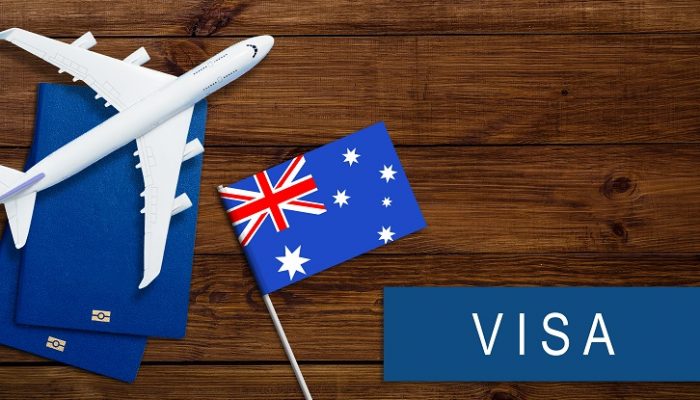The Australian Government has now implemented the extension of the labour market testing exemption in relation to the Temporary Skill Shortage (TSS)(subclass 482) visa program to UK citizens and permanent residents applying to work in Australia.
The inclusion of the UK in the list of countries exempt from labour market testing (including China, Japan, Malaysia, Mexico, Thailand, Vietnam, Canada, Chile, South Korea, New Zealand and Singapore), comes in the wake of the recently signed Australia-United Kingdom Free Trade Agreement which came into effect on 31 May 2023.
Businesses interested in employing UK citizens and permanent residents will no longer need to complete labour market testing of the local Australian labour market before applying for TSS subclass 482 nominations in Australia. This will enable employers sponsoring UK citizens and permanent residents to benefit from a more efficient and less time-consuming application process.
For advice regarding Australian visas and sponsoring skilled overseas workers, please do not hesitate to contact us at info@hartmanimmigration.com.au for Australian immigration assistance.
Disclaimer:
The information on this website is intended only to provide a summary and general overview on relevant matters. It is not intended to be comprehensive nor does it constitute legal advice. You are advised to seek legal or other professional advice before acting or relying on any of the content contained in this website.










 For advice regarding accessing the GTS, please do not hesitate to contact us at
For advice regarding accessing the GTS, please do not hesitate to contact us at